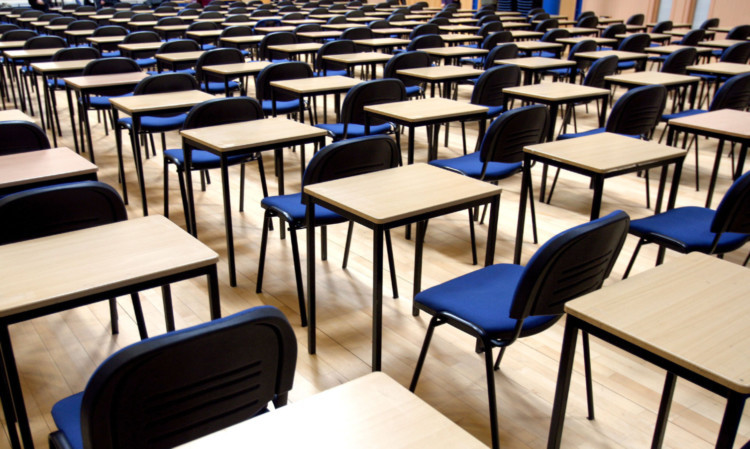Parents across Courier country can judge the performance of their child’s school today.
Scottish Schools Online has published data for secondary pupils’ exam performance this summer, along with other information such as entitlement to free meals, absence rates and leaver destinations.
At local authority level, Perth and Kinross and Stirling have the best results for passes in five or more Standard Grades at credit level by fourth-year pupils.
Dundee and Clackmannanshire are at the other end of the table.
It is a similar story for five or more passes at Higher by fifth years.
The likely reason for this can be seen in the free school meals data, which is a useful proxy for an area’s socio-economic status. Dundee and Clackmannanshire both have entitlements well above the Scottish average, while the figures for Perth and Kinross and Stirling are below average.
Schools with catchments that include areas with high levels of unemployment and deprivation tend not to do as well as schools whose pupils come mainly from well-off homes.For more on this story, and how each school in our area fared, see Friday’s Courier or try our digital edition.That helps explain why 76% of fourth years at Dunblane High got at least five Standard Grade credit passes twice the national average while only 14% did so at Arbroath Academy.
The impact that catchment areas can have on a school’s exam results can be seen by looking at two Fife schools at opposite ends of the scale Lochgelly High and Madras College in St Andrews.
Madras pupils did three times as well as their counterparts at Lochgelly in passing five or more Standard Grades and almost four times as well in passing five or more Highers.
But a third of Lochgelly pupils were entitled to free meals, compared to just one in 10 at Madras, and its rate of unauthorised absences was twice as high and well above the Fife and national averages.
Despite the disparities, leaver survey data shows that the vast majority of ex-pupils from both schools went on to what are officially termed positive destinations that is further or higher education, training or a job.
Some 69% of former Madras pupils continued their education at university or college and 53% of those from Lochgelly also did so, although they were considerably less likely to be studying at degree level.
Similar comparisons can be made between schools in all local authorities but the real value for parents in having the data available arguably lies more in seeing how well their own child did compared to his or her classmates.
Larry Flanagan, general secretary of the EIS teachers’ union, said: “While there will always be a demand for some type of measure of school performance, the majority of parents know that schools are about far more than simply producing pass marks in exams.
“Merely looking at exam results, with no thought given to the particular circumstances in which any school operates, is a flawed approach that produces highly questionable results.
“Schools in different communities work to meet the particular needs of those communities, often with significant variations in facilities and resources.
“Deprivation continues to impact adversely on the attainment of too many pupils and this is an area which needs to be addressed as we move forward with full implementation of Curriculum for Excellence. It is important within that development that we continue to move away from the flawed target-driven agenda of the past and utilise more appropriate ways of recognising and celebrating all types of pupil achievement.”
